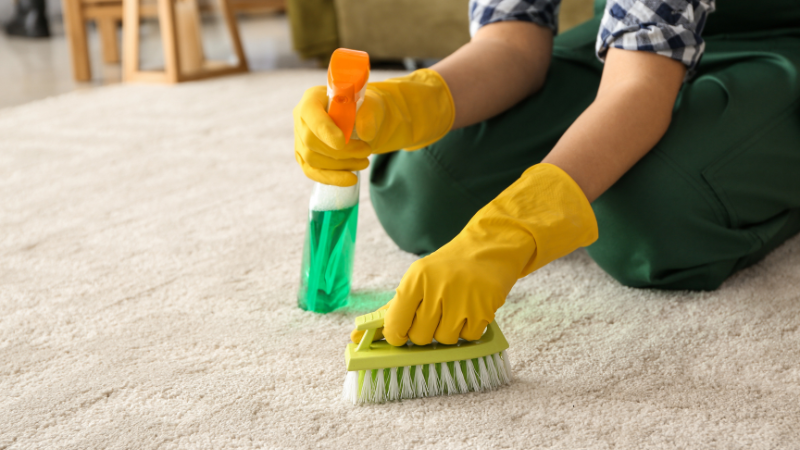As a landlord, maintaining a healthy and safe environment for your tenants is crucial. One of the most common and challenging issues faced by property owners is mold. This mold prevention guide for rental properties aims to provide strategies and insights to help landlords effectively manage and prevent mold growth.

Understanding Mold: What Every Landlord Should Know
Mold is a type of fungus that thrives in damp, humid environments. It can grow on various surfaces, including walls, ceilings, carpets, and furniture, posing serious health risks to tenants. Understanding where and how mold grows is the first step in effective prevention.
Causes of Mold Growth
Common causes include inadequate ventilation, moisture intrusion, and leaks. Being aware of these causes can help landlords take proactive measures to keep mold at bay.
Health Implications of Mold
Mold exposure can lead to respiratory issues, allergies, and other health problems. Ensuring your property is mold-free promotes a safe and comfortable living environment for tenants.
Effective Strategies for Mold Prevention
Prevention is always better than cure, especially when it comes to mold. Implementing effective strategies can save landlords time and money on costly repairs and mitigate health risks for tenants.
Regular Inspections and Maintenance
Conducting regular property inspections is critical to identify potential issues early. Look for leaks, signs of water damage, and areas with poor ventilation.
Enhancing Ventilation and Airflow
Proper ventilation is vital in preventing mold growth. Ensure that all areas, including bathrooms and kitchens, have adequate airflow to reduce moisture levels.
Moisture and Humidity Control
Using dehumidifiers and installing exhaust fans can significantly reduce humidity levels, thereby limiting mold growth.
Waterproofing and Leak Repairs
Address leaks promptly and consider waterproofing measures in vulnerable areas to prevent water intrusion.
Property-Specific Considerations
Each rental property is unique, and specific strategies may be necessary depending on the property’s characteristics and location.
Identifying High-Risk Areas
Basements, attics, and bathrooms are common high-risk areas for mold. Pay extra attention to these spaces during inspections.
Choosing Mold-Resistant Materials
Opt for mold-resistant paints, building materials, and floorings, especially in areas prone to moisture.
Tenant Education and Responsibilities
Educate tenants about mold prevention practices, such as reporting leaks and maintaining ventilation, to foster a collaborative approach.
Responding to Mold Issues
Despite best efforts, mold issues can arise. Having a clear action plan is essential for swift and effective resolution.
Steps for Immediate Action
If mold is detected, act quickly. Provide tenants with guidance on reducing exposure and engage professionals for thorough remediation.
Professional Mold Remediation
Consult with mold remediation experts to handle significant mold problems, ensuring safety and compliance with regulations.
Building a Preventive Maintenance Program
Consider implementing a preventive maintenance program that includes regular inspections, tenant communication, and timely repairs.
Document and Monitor Procedures
Keeping records of inspections, maintenance activities, and tenant reports is vital for managing mold prevention efforts effectively.
Conclusion: A Mold-Free Environment
By following this mold prevention guide for rental properties, landlords can maintain a mold-free environment, ensuring tenant safety and comfort while protecting property investments.

FAQs
- What are the signs of mold in a rental property? Visible mold growth, musty odors, and health complaints from tenants are common indicators.
- How often should landlords inspect for mold? Inspections should be conducted at least twice a year, and more frequently in areas prone to dampness.
- Can tenants be held responsible for mold issues? Tenants should report issues promptly, but landlords are responsible for addressing structural problems that cause mold growth.
For more information on mold prevention and property maintenance, visit this helpful resource by Carpet Cleaning Coop. Learn more about mold-resistant carpets by checking out Sloane’s Carpet Secret for additional tips.
This article contains affiliate links. We may earn a commission at no extra cost to you.


